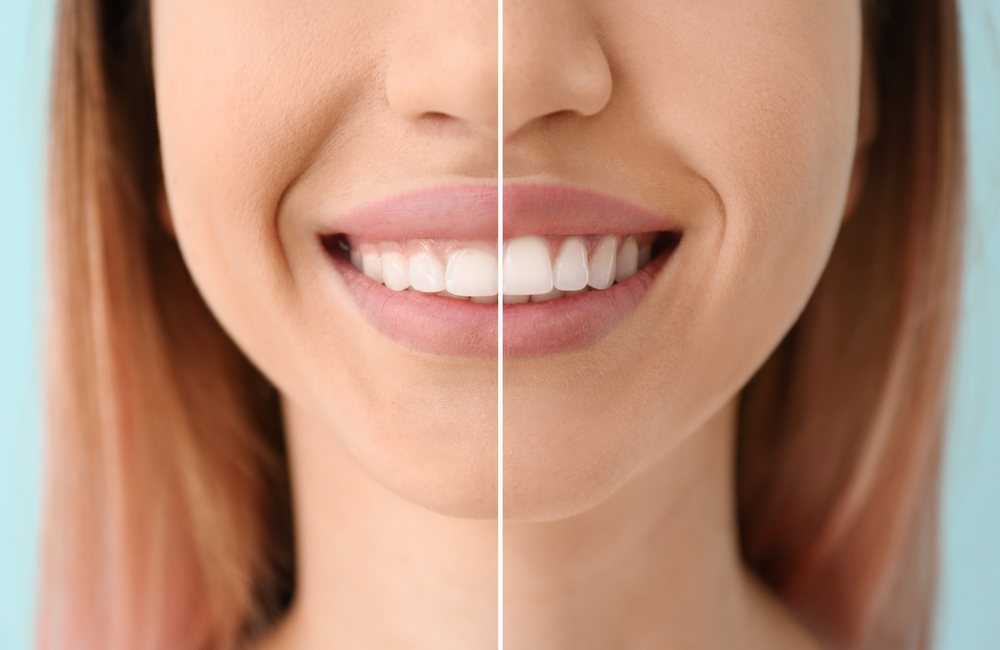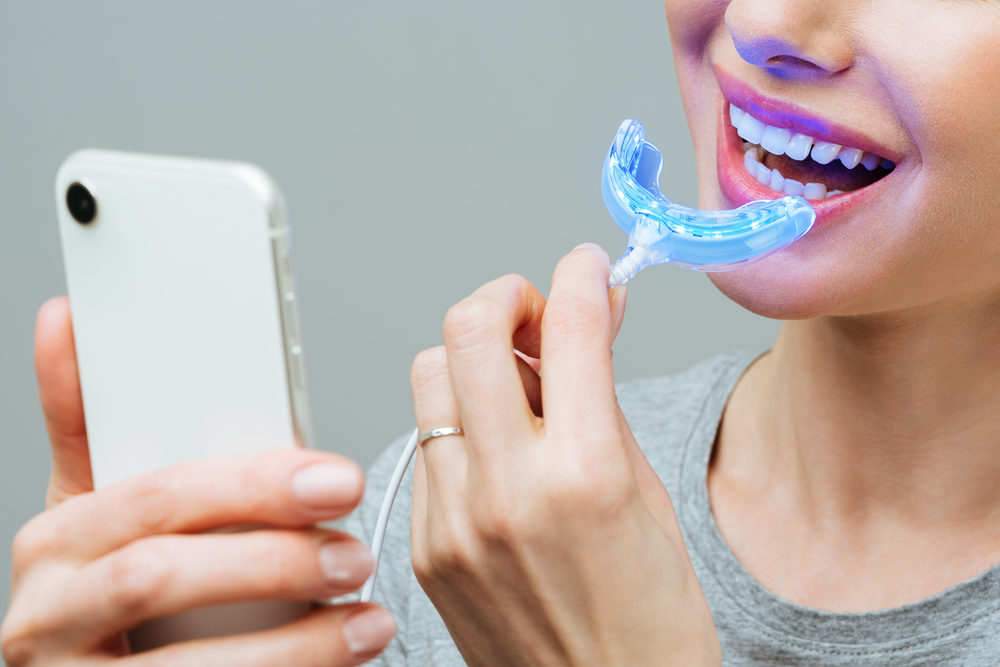Oral health is an essential aspect of overall health and well-being, and the health of the mouth can provide valuable insights into a person’s overall health status. Various health conditions can manifest in the mouth, ranging from common dental problems such as tooth decay and gum disease to more severe health conditions such as oral cancer, HIV/AIDS, and diabetes. In addition to these conditions, there are other health conditions that can be detected in the mouth, including osteoporosis, eating disorders, and anemia. Early detection and treatment of these conditions can lead to better health outcomes and prevent more serious health problems from developing. In this context, it is important to understand the relationship between oral and overall health and the various health conditions that can be detected in the mouth.
Diabetes
Diabetes and oral health are closely related, and people with diabetes are at a higher risk of developing oral health problems. This is because high blood sugar levels associated with diabetes can cause a range of dental problems such as gum disease, dry mouth, and oral infections.
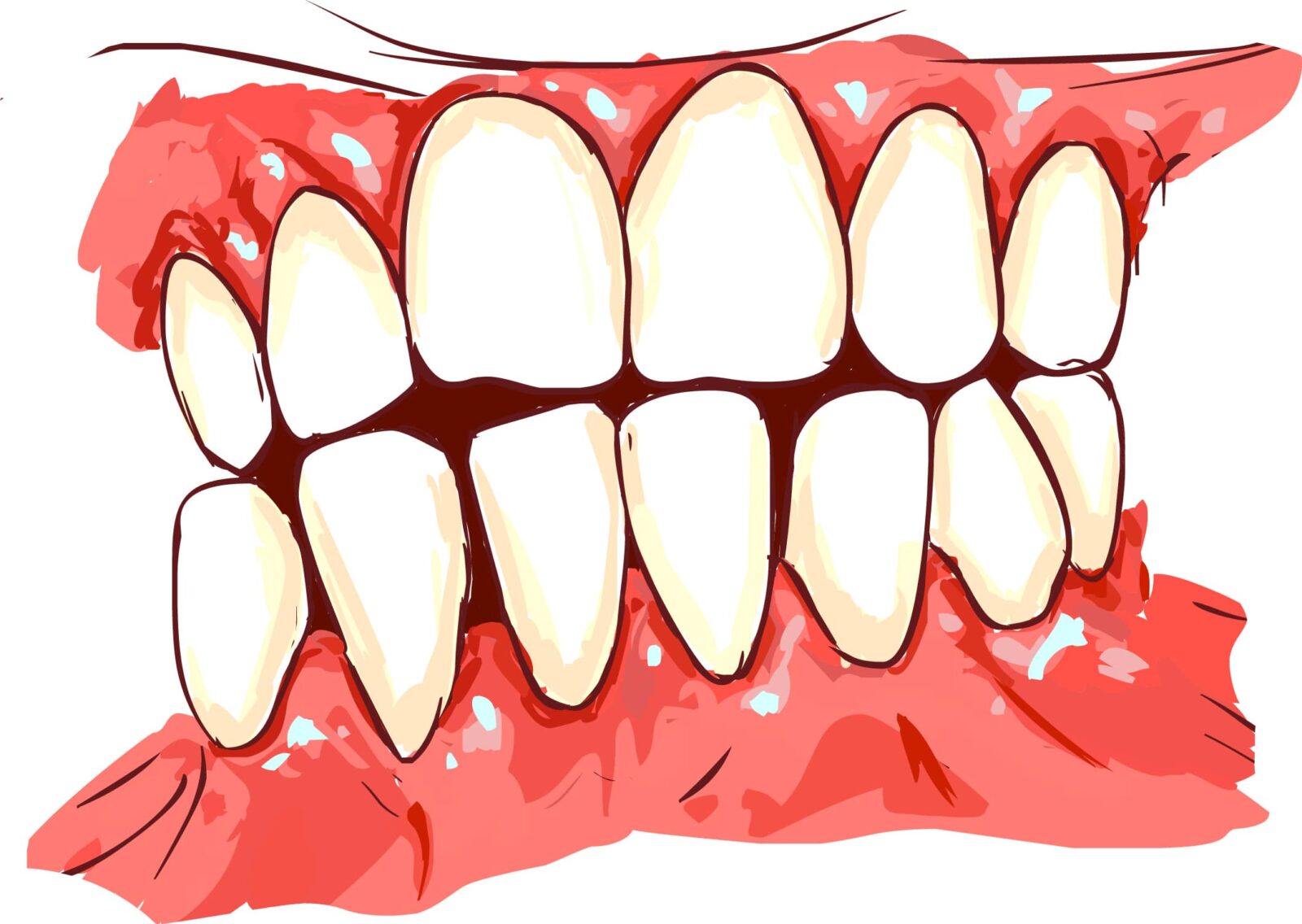
- Gum disease: Also known as periodontitis, this is a common dental problem that affects people with diabetes. The high blood sugar levels associated with diabetes can lead to an overgrowth of harmful bacteria in the mouth, leading to gum inflammation, bleeding, and eventual tooth loss.
- Dry Mouth: Diabetes can also cause dry mouth, which occurs when there is a reduced amount of saliva in the mouth. This condition can lead to bad breath, mouth sores, and an increased risk of tooth decay and gum disease.
- Oral Infections: People with diabetes are also at a higher risk of developing oral infections such as thrush, a fungal infection that can cause white patches in the mouth, and oral herpes, a viral infection that can cause painful cold sores.
Furthermore, oral health problems can also affect diabetes management. For example, gum disease can make it more difficult to control blood sugar levels, making diabetes management more challenging. Dentists can detect diabetes during a dental exam by checking for signs of gum disease, oral thrush, and dry mouth. They may also observe how long it takes the mouth to heal after certain treatments to determine if there is delayed healing.
HIV/AIDS
HIV/AIDS is a viral infection that weakens the immune system and can lead to a range of oral health problems. People with HIV/AIDS are at a higher risk of developing oral health problems such as oral thrush, herpes simplex virus, periodontal disease, and oral cancer.
Oral thrush, also known as candidiasis, is a fungal infection that can cause white patches on the tongue, cheeks, or throat. Herpes simplex virus can cause painful cold sores or ulcers in the mouth. Periodontal disease, which is caused by bacterial infection of the gums, can lead to redness, swelling, and bleeding of the gums, and eventual tooth loss. Oral cancer can cause sores or growths in the mouth that do not heal. In addition to these oral health problems, people with HIV/AIDS may also experience dry mouth, a burning sensation in the mouth, and a reduced sense of taste. These oral health problems can affect a person’s quality of life and make it difficult to eat, speak, or swallow.
Dentists can detect HIV/AIDS during a dental exam by looking for oral signs and symptoms such as swollen lymph nodes, oral thrush, periodontal disease, and oral cancer. Additionally, HIV/AIDS can be detected through blood tests or other diagnostic tests.
Osteoporosis
Osteoporosis is a bone disease that causes bones to become weak and brittle, increasing the risk of fractures. Osteoporosis can also affect oral health, particularly the jawbone, which can become weakened and more prone to dental problems. Here are a few ways in which dentists can detect osteoporosis during a dental exam:
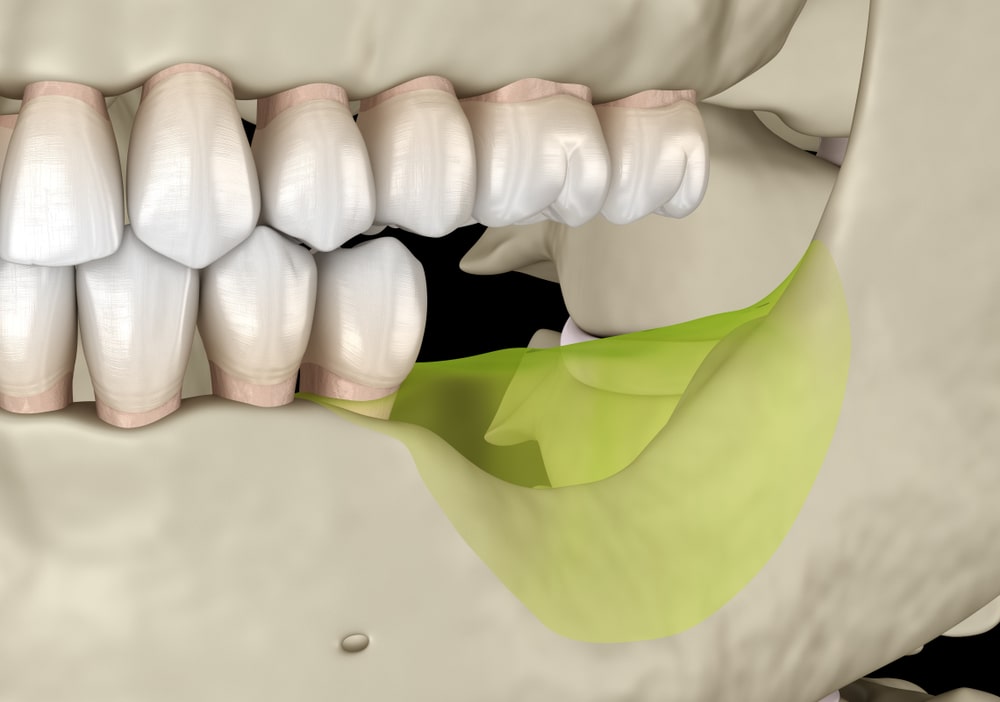
- Dental X-rays: A dentist can use dental X-rays to detect signs of bone loss in the jawbone, which may indicate osteoporosis. The X-rays can show changes in the density and thickness of the jawbone.
- Loose teeth: People with osteoporosis may experience loose teeth or tooth loss, which can be detected by a dentist during a dental exam.
- Bone loss in the mouth: Osteoporosis can also cause bone loss in the mouth, leading to changes in the shape and structure of the jawbone. A dentist can detect these changes during a dental exam by examining the mouth and feeling for changes in the bone structure.
If a dentist suspects that a patient has osteoporosis, they may refer the patient to a medical professional for further evaluation and treatment. It is important for people with osteoporosis to maintain good oral hygiene practices, manage their bone health with appropriate medications and lifestyle changes, and visit the dentist regularly to prevent dental problems from developing.
Eating Disorders
Eating disorders, such as anorexia nervosa and bulimia nervosa, can have a significant impact on oral health. People with eating disorders may engage in behaviors such as self-induced vomiting, which can erode tooth enamel and cause other dental problems. Restricting caloric intake can also lead to nutritional deficiencies that can affect oral health. Here are a few ways in which dentists can detect eating disorders during a dental exam:
- Tooth erosion: People with eating disorders may experience tooth erosion, which is the loss of tooth enamel due to exposure to acid from the stomach. This can cause teeth to become more sensitive, discolored, and brittle. A dentist can detect tooth erosion during a dental exam by looking for signs of wear and tear on the teeth.
- Salivary gland enlargement: People with bulimia nervosa may experience salivary gland enlargement due to frequent vomiting. A dentist can detect salivary gland enlargement during a dental exam by feeling for lumps or swelling under the jaw.
- Dry mouth: People with eating disorders may experience dry mouth due to dehydration and malnutrition. Dry mouth can cause tooth decay and gum disease. A dentist can detect dry mouth during a dental exam by examining the mouth and measuring the amount of saliva produced.
- Soft tissue damage: People with eating disorders may experience soft tissue damage in the mouth, such as sores, due to self-induced vomiting and other behaviors. A dentist can detect soft tissue damage during a dental exam by looking for signs of trauma and inflammation in the mouth.
If a dentist suspects that a patient has an eating disorder, they may refer the patient to a mental health professional for further evaluation and treatment. It is important for people with eating disorders to receive treatment for both their oral health problems and their underlying mental health issues.
Anemia
Anemia is a medical condition characterized by a lack of red blood cells or hemoglobin in the blood. Anemia can affect oral health in several ways, including causing gum disease and mouth sores, and making the tongue and tissues in the mouth pale. Here are a few ways in which dentists can detect anemia during a dental exam:
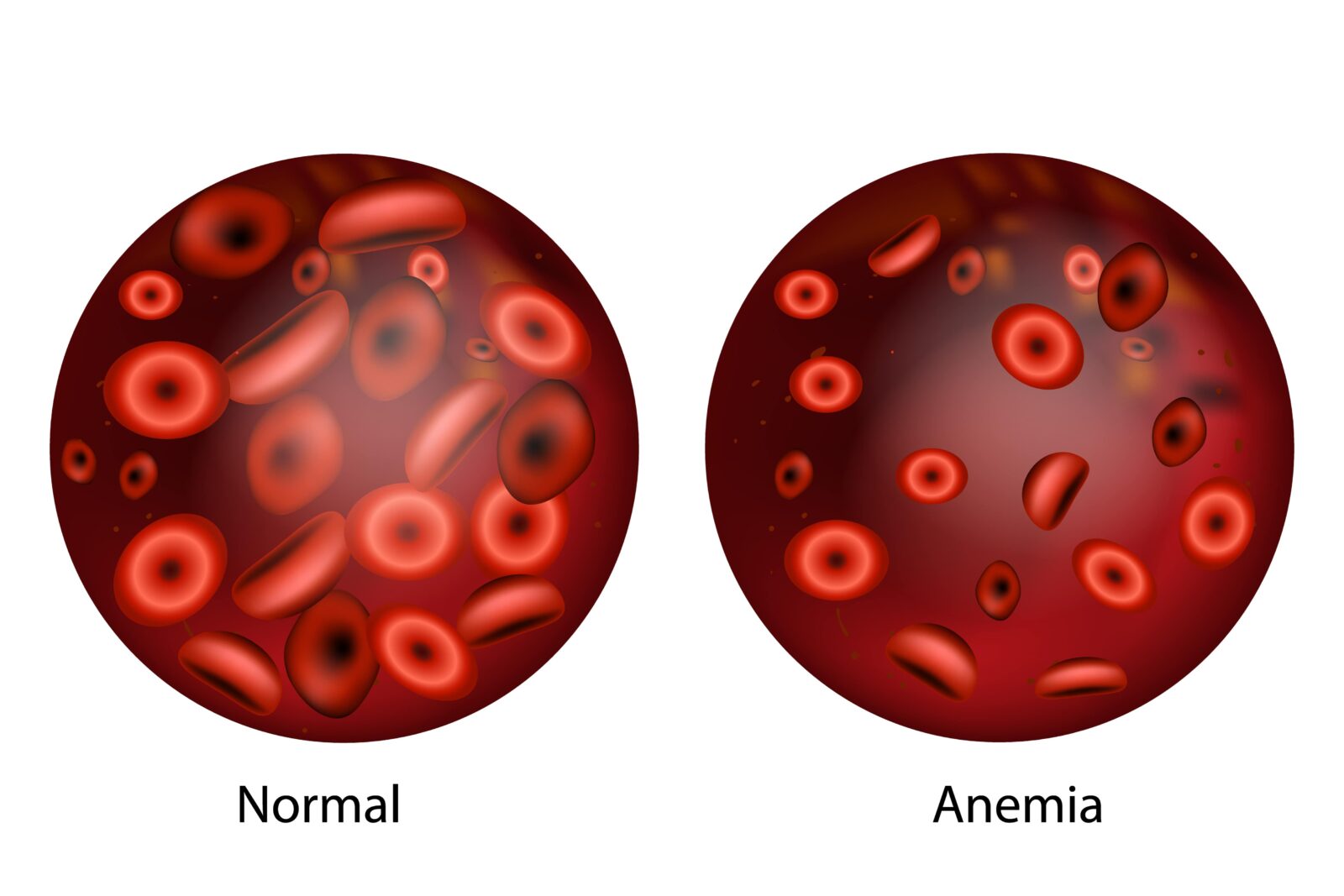
- Pale tissues in the mouth: Anemia can cause the tongue and other tissues in the mouth to become pale. A dentist can detect pale tissues in the mouth during a dental exam by examining the mouth and looking for signs of discoloration.
- Mouth sores: Anemia can cause mouth sores, which can be painful and increase the risk of infection. A dentist can detect mouth sores during a dental exam by examining the mouth and looking for signs of inflammation and irritation.
- Gum disease: A lack of blood flow and oxygen-rich blood can increase the risk of gum disease, which can cause bleeding, swelling, and tenderness in the gums. A dentist can detect gum disease during a dental exam by examining the gums and measuring the depth of the gum pockets.
- Coating on the tongue: Anemia can cause a coating on the tongue, which can make the tongue appear white or yellow. The tongue can also become swollen and tender. A dentist can detect a coating on the tongue during a dental exam by examining the mouth and looking for signs of discoloration and buildup.
If a dentist suspects that a patient has anemia, they may refer the patient to a medical professional for further evaluation and treatment. It is important for people with anemia to receive appropriate medical treatment to manage their condition and prevent further oral health problems from developing.
In Conclusion
It is clear that dentists play an important role in detecting and diagnosing various medical conditions, from osteoporosis to eating disorders. Dental exams are a great way for dentists to identify signs of these conditions early on so that patients can receive the appropriate treatment. It is essential for people with any type of medical condition affecting their oral health to maintain good oral hygiene practices and visit the dentist regularly. By taking preventative measures such as this, individuals can ensure they stay healthy and avoid potential dental problems down the road.





